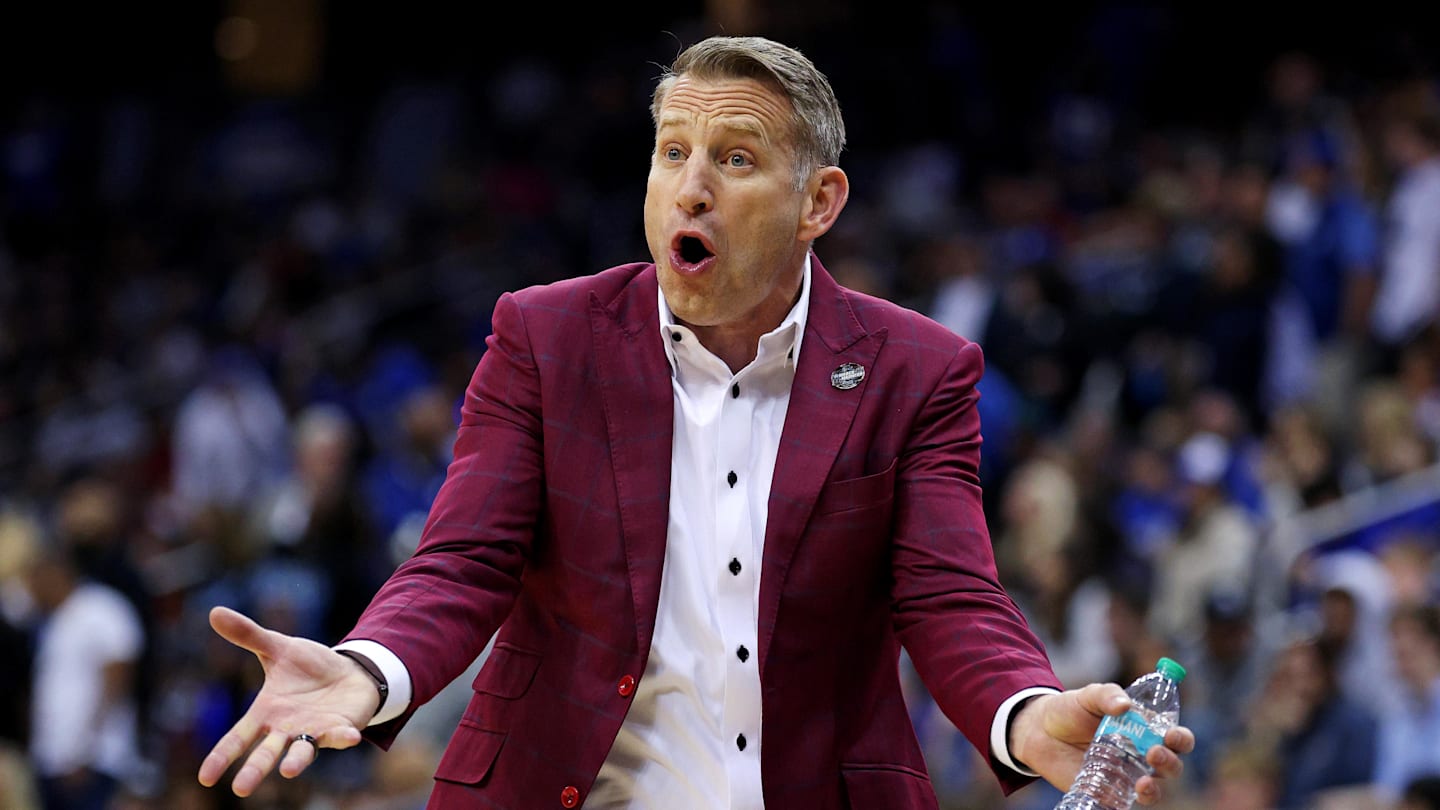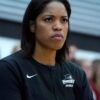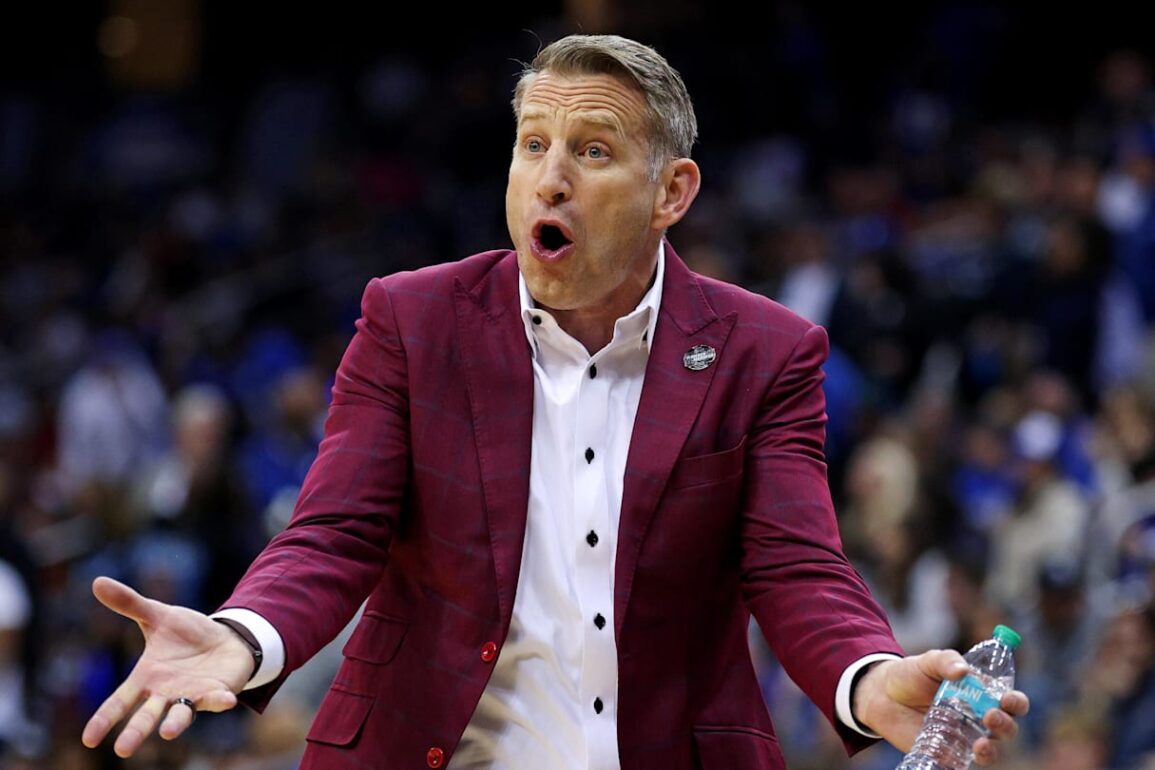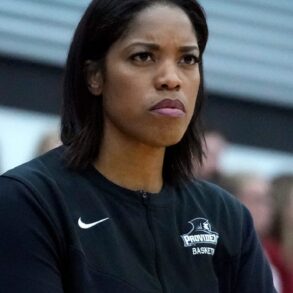
Late on Friday night, after years of litigation, Judge Claudia Wilken approved the landmark House v. NCAA settlement, which will allow schools to participate in revenue sharing directly with the athletes, and there will be a salary cap system ($20.5 million to athletes) plus roster limits to college sports.
This settlement was from a branch of three lawsuits combined into one case, which addressed compensation for collegiate athletes. The results of this case also bring $2.8 billion in damages for former and current athletes who were not able to profit from NIL over the last decade, as the name, image and likeness model was created in the summer of 2021.
Alabama athletic director Greg Byrne confirmed on Saturday morning that that Crimson Tide athletics will be “offering new scholarships while fully funding revenue sharing.”
So how does this impact Alabama men’s basketball?
Well the immediate thing eyes are set on is the money situation. As previously stated, schools can allocate a total of $20.5 million to athletes. This won’t be evenly distributed across all sports, as naturally, the athletic programs that typically achieve more revenue will be given more to spend.
“One rough initial estimate within the industry is that 75% of the $20.5 million will get allocated to football players, 15% to men’s basketball, 5% to women’s basketball and 5% to other sports — softball, volleyball, hockey, soccer, lacrosse or whatever specific sport a school prioritizes,” ESPN’s Dan Wetzel wrote on Saturday.
If this estimate holds, that would convert to $3.075 million for Tide Hoops to spread around its roster.
But perhaps the main takeaway for head coach Nate Oats and the Crimson Tide is the new roster limit.
Prior to the agreement, Alabama was allowed to have a maximum of 13 scholarship players. But starting July 1, the Crimson Tide can have 15 athletes on the roster.
“The roster has been the top priority. “We’ve got 11 guys on the roster right now on scholarship. Probably going to fill at least one more and see what happens. There are still some decent guys out there. If we went into the season with just these 11, I think we’d be fine.”
This was the message Oats gave on May 14 when the Crimson Tide had 11 players on the 2025-26 roster with two more spots still available. Alabama guard Labaron Philon withdrew from the 2025 NBA Draft on May 28 and became the Crimson Tide’s 12th player.
It seems at the time that Oats was content with the number of players on his roster. However, he understood the negatives that could come with the small amount.
“But as you saw last year, some injuries happen,” Oats said on May 14. You need some depth. We’re looking at a couple of guys. We’ll see who is pulling their name out of the draft that’s still in the portal. There are options out there like that.
“But the 11 guys we’ve got, we’ve kind of said moving forward that it probably looks ideally like a third, a third and a third. Meaning, if you end up with 12 or 13 guys on the roster, a third of them are the guys returning, a third of them are freshmen and maybe a third of them are guys in the portal.”
Prior to last season, Oats called the team the “best roster we’ve had since we’ve been here.” There were so many highly touted players, and in a 40-minute game, it was extremely difficult to play all 13 players––so, Alabama redshirted two of them.
Former Alabama wing Naas Cunningham was one of the players who redshirted, and it resulted in him being the first of four Crimson Tide players to enter the transfer portal this offseason. The hot topic that is the transfer portal was not altered during the House v. NCAA settlement.
So while the roster increase can provide more depth, it may also increase the amount of redshirts––which could see more and more players enter the portal for a bigger role elsewhere after the season.
Should Alabama utilize all 15 scholarship spots?
This post was originally published on this site be sure to check out more of their content.









